Mississippi played a pivotal role in the fight for equality during the Civil Rights Movement, and the echoes of courage, resilience, and the pursuit of justice resonate through every step you take. From powerful museums illuminating the struggles and triumphs of the Black community to historical landmarks that witness monumental moments in history, Mississippi offers an opportunity to walk in the footsteps of heroes.
Embark on a journey through history and learn about those who fought tirelessly for equality and human rights at these must-visit stops on the Mississippi Civil Rights Trail.
Fannie Lou Hamer Memorial Statue
In the small town of Ruleville, you’ll find a monument honoring Fannie Lou Hamer, an African American woman who played a pivotal role in the fight for voting rights for Black Americans. She co-founded the Mississippi Freedom Democratic Party in response to the Democratic Party refusing integrated elections and coordinated Freedom Summer, which brought together hundreds of Black and white college students to assist with African American voter registration.
Mt. Zion United Methodist Church
Located in the small town of Philadelphia, the Mt. Zion United Methodist Church played an integral role in the fight for racial equality. In 1964, civil rights activists Andrew Goodman, James Chaney and Michael Schwerner drove into town to investigate the burning of the church by the Ku Klux Klan. The three men were jailed and murdered by the Klan and law enforcement. Today, the church has been fully restored and is still active, with services on Sundays.
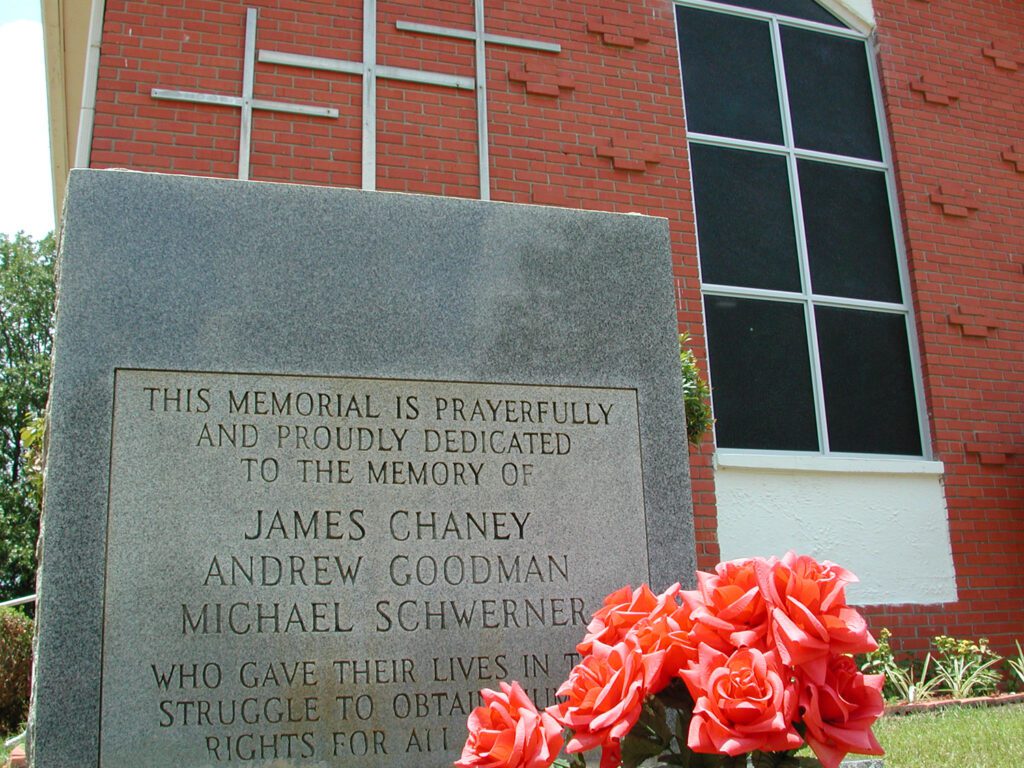
Mississippi Civil Rights Museum
Opened in 2017, the Mississippi Civil Rights Museum in Jackson highlights the state’s history and its role in the American Civil Rights Movement across sixteen galleries that showcase the struggle and perseverance of African Americans in Mississippi. Explore exhibits like “This Little Light of Mine,” where words and images paired with music honor civil rights activists throughout history. Or, spend some time in the “I Question America” gallery, which details the period between 1963 and 1964 when freedom became the slogan for Black Mississippians demanding equality. Beyond the galleries, the museum hosts history luncheons and film screenings.
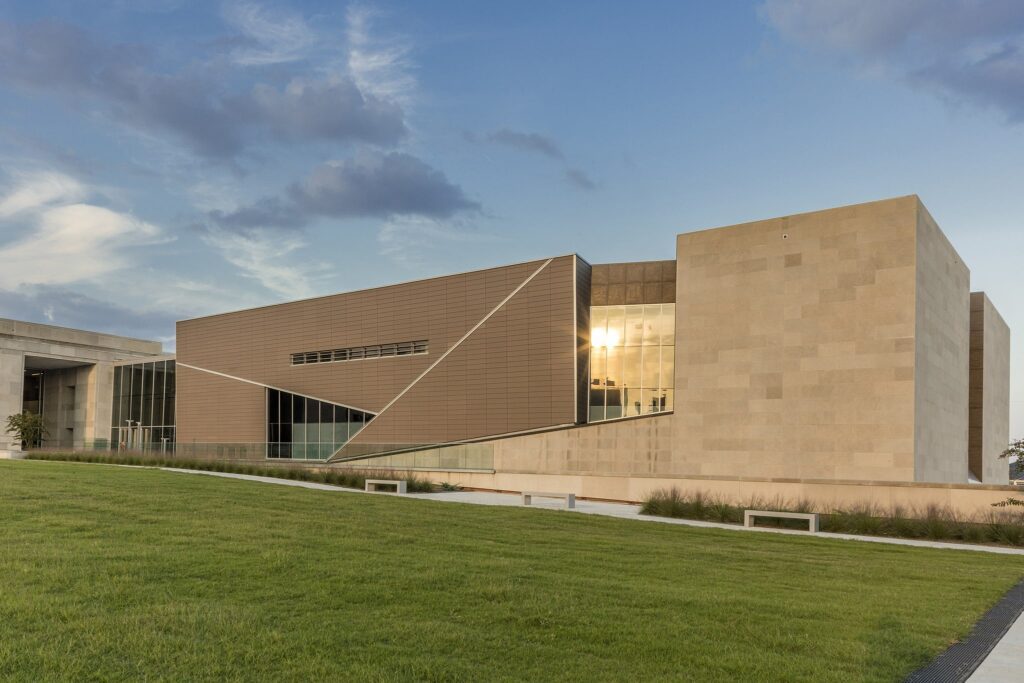
Medgar and Myrlie Evers Home National Monument
Situated in a residential neighborhood in northern Jackson, the Medgar and Myrlie Evers Home National Monument is a tribute to the husband and wife civil rights activists, Medgar and Myrlie Evers, who played a vital role in the passing of the 1964 Civil Rights Act. In 1963, Medgar Evers was assassinated at their ranch-style home, and his wife Myrlie continued the work they had begun together, fighting for social justice and racial equality. Today, the house can be toured in small groups by reservation only on Wednesdays.
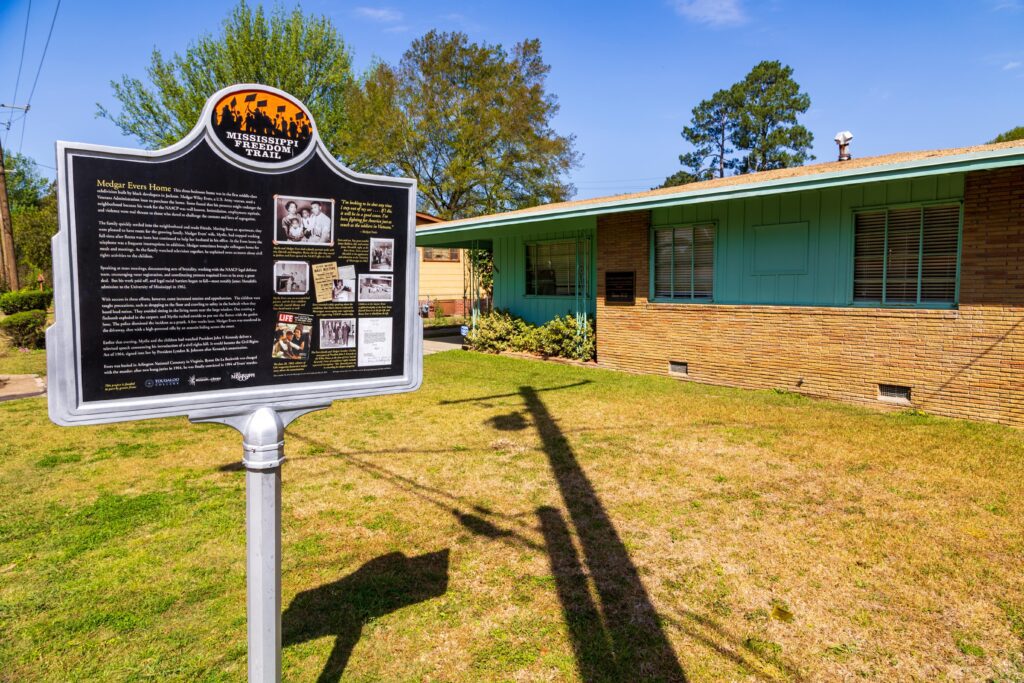
Bryant’s Grocery
Only the ruins of Bryant’s Grocery & Meat Market remain today, but the site’s significance is stronger than ever. Known as the site where 14-year-old Emmett Till was accused of offending a white woman named Carolyn Bryant, the crumbling remains of the store stand as a reminder of his lynching and a significant event that contributed to the Civil Rights Movement in the United States. Today, visitors will find a plaque commemorating the site and detailing the events surrounding Till’s murder.
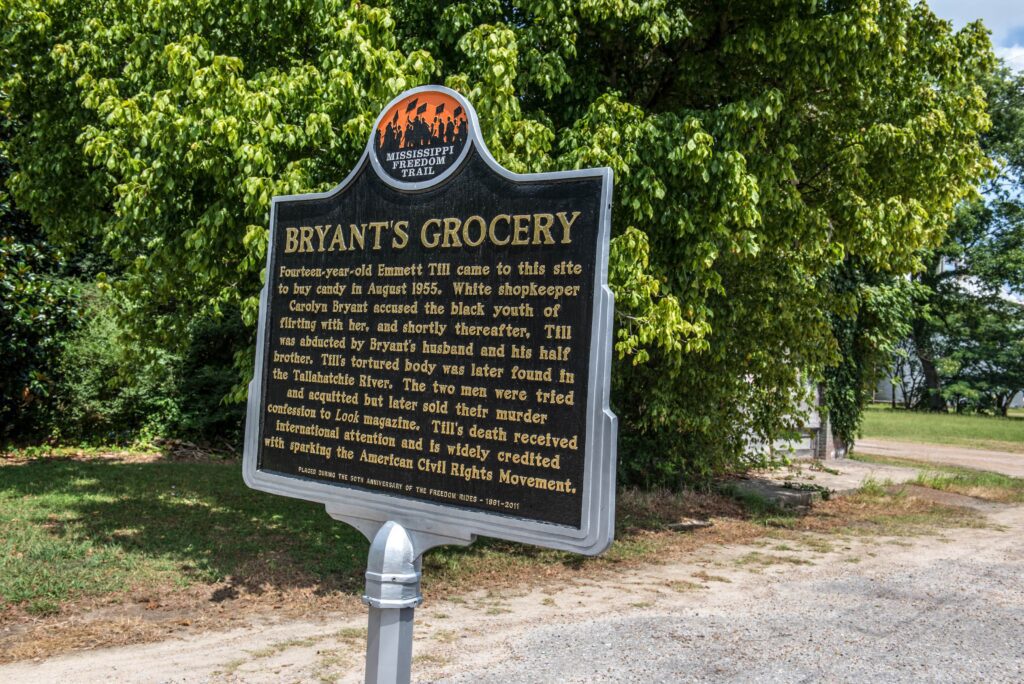
B.B. King Museum and Delta Interpretive Center
Uncover the history of the Mississippi Delta and legendary musician B.B. King at the B.B. King Museum and Delta Interpretive Center in Indianola, Mississippi. Learn about King’s early beginnings growing up in the Delta during the 1930s, discover how the Civil Rights movement transformed music during the 1960s and pay your respects in the Memorial Courtyard, where a granite tablet marks B.B. King’s final resting place.
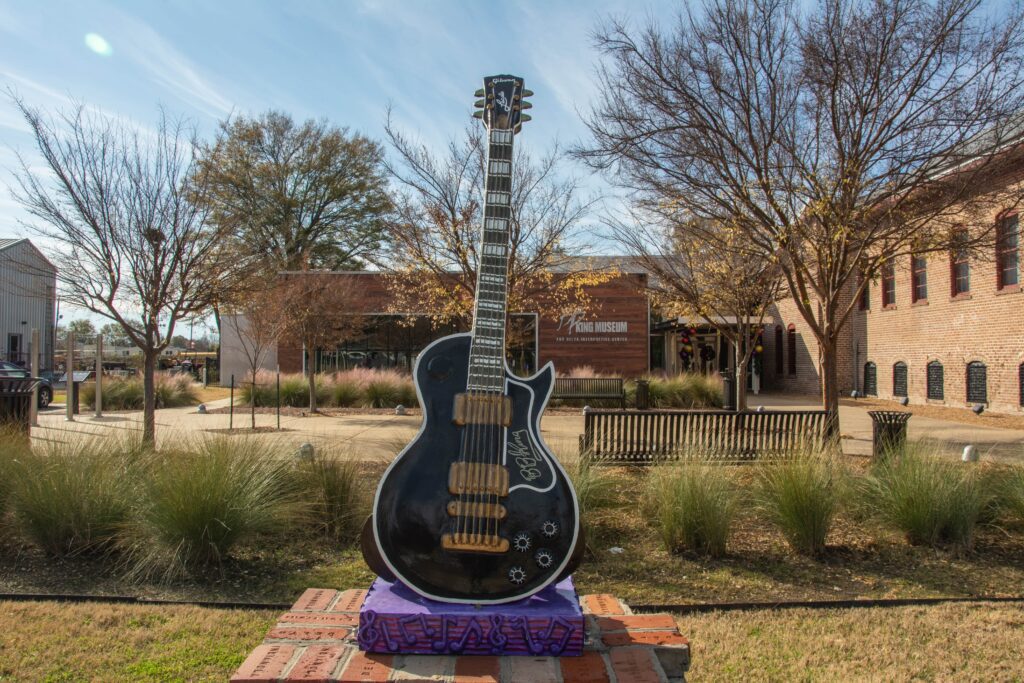
Lyceum- the Circle Historic District
The location of the Ole Miss Riot in 1962, the Lyceum, located in the Circle Historic District of the University of Mississippi, played a significant role in the riots that were brought on by the university’s desegregation and the enrollment of an African-American student named James Meredith. Today you can visit the Lyceum, the only building still standing from the original Circle District and a statue of James Meredith.
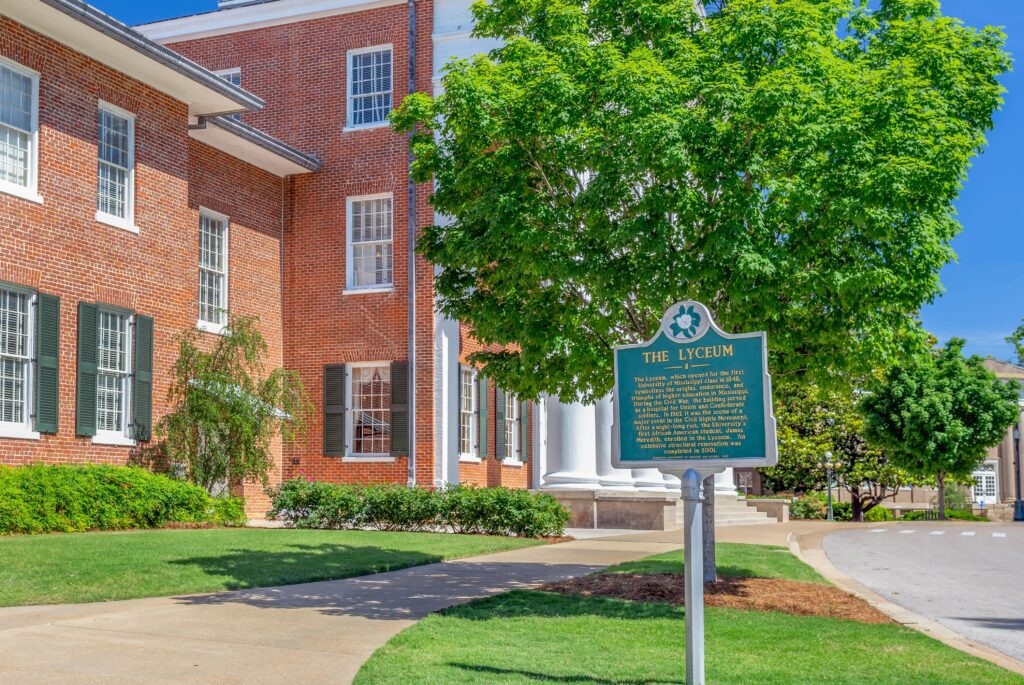
Emmett Till Interpretive Center
The heartbreaking story of Emmett Till is a tale that most Americans associate with the beginning of the Civil Rights Movement. At the Emmett Till Interpretive Center in Sumner, you can have a front-row seat to what life was like in the Jim Crow South for African Americans and learn more about the events leading up to and after Till’s murder. Free tours of the center educate through art and storytelling, and visitors can also book private all-day experiences.
